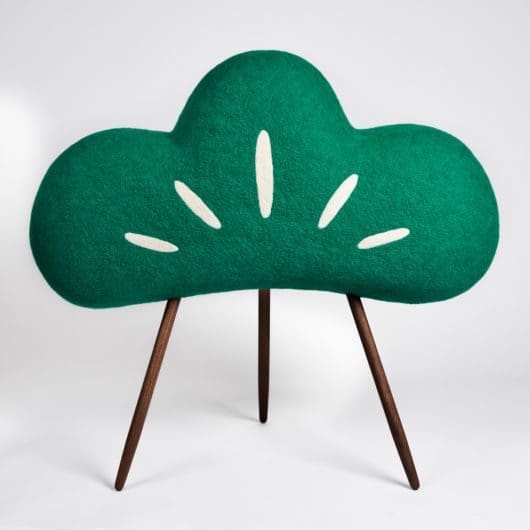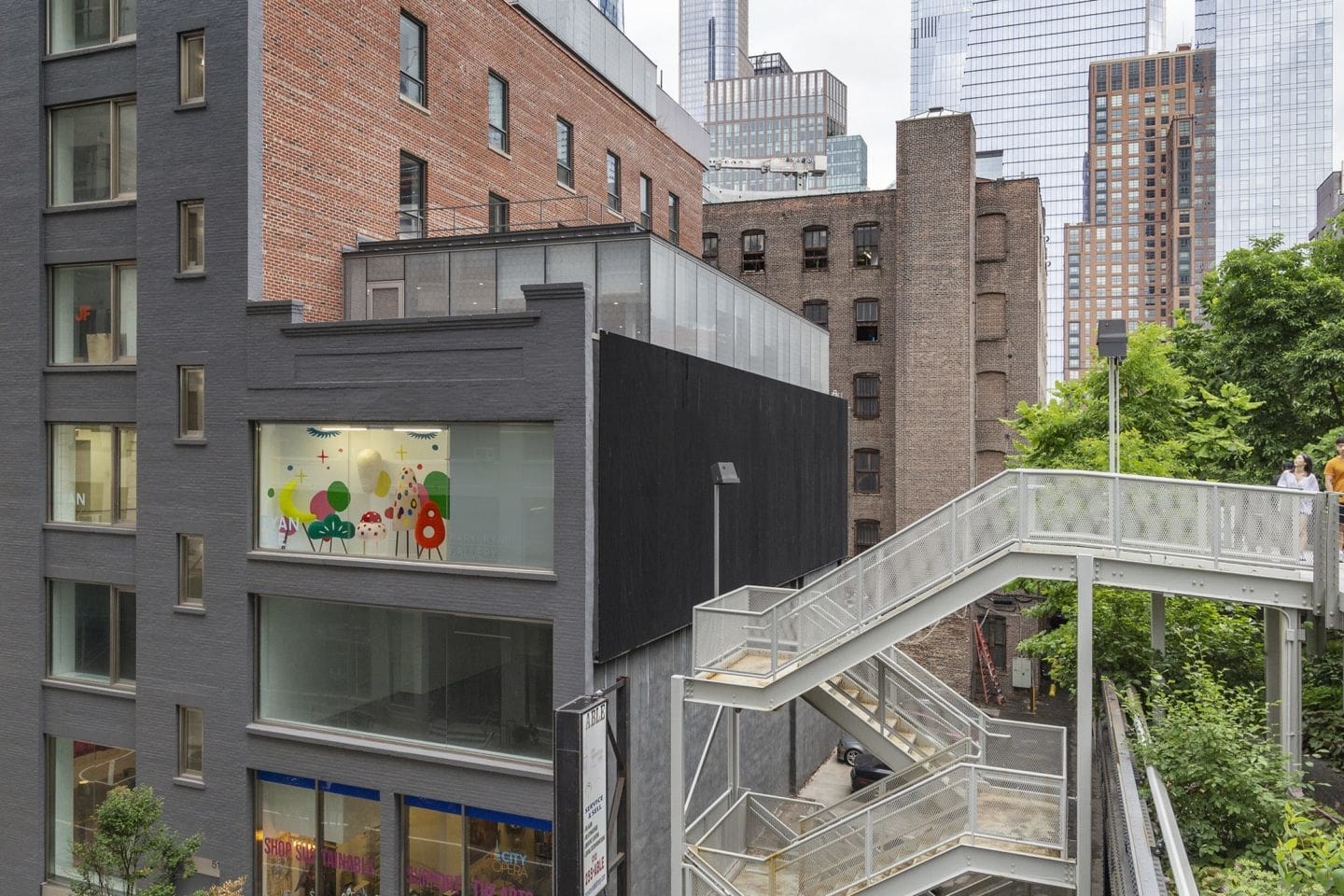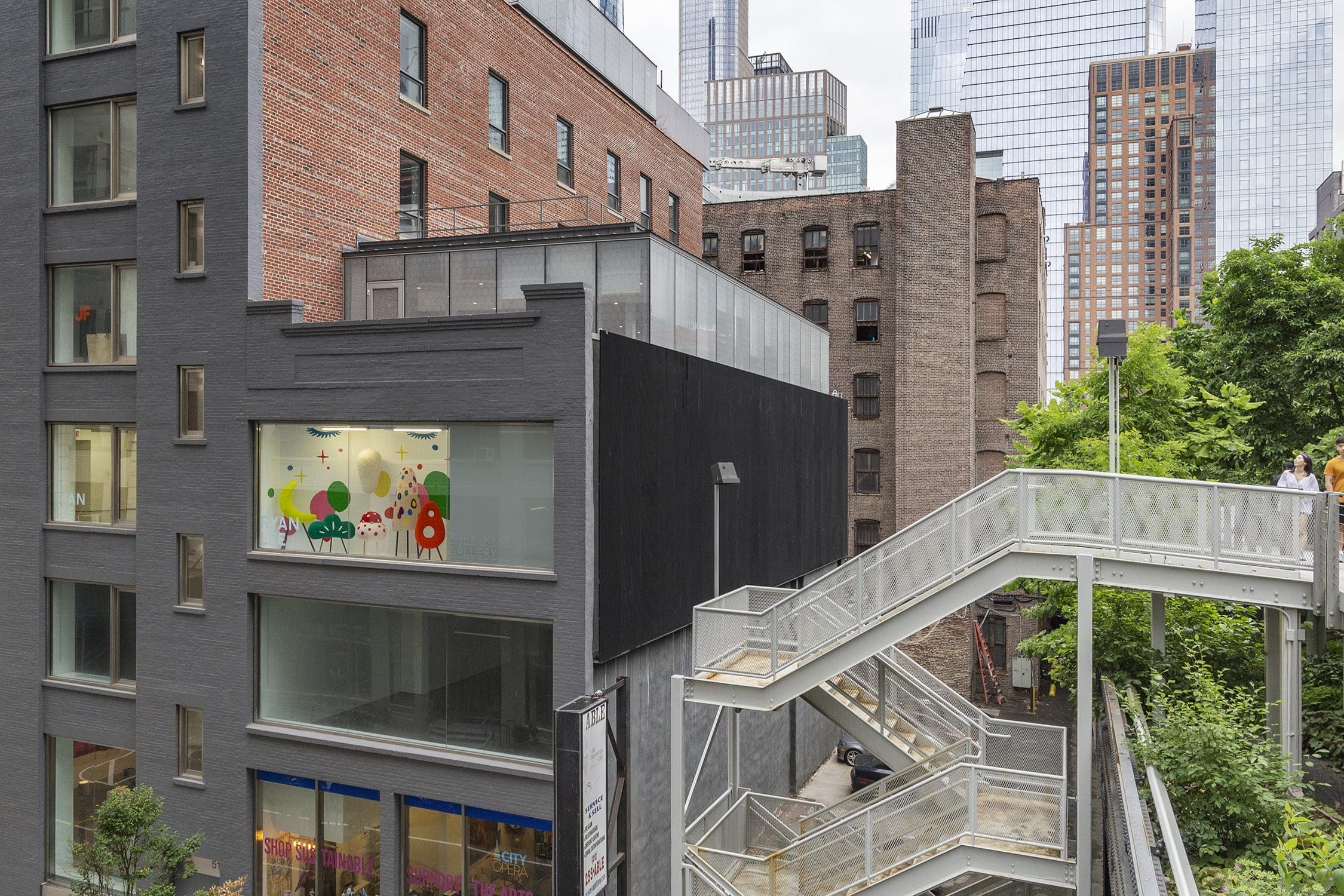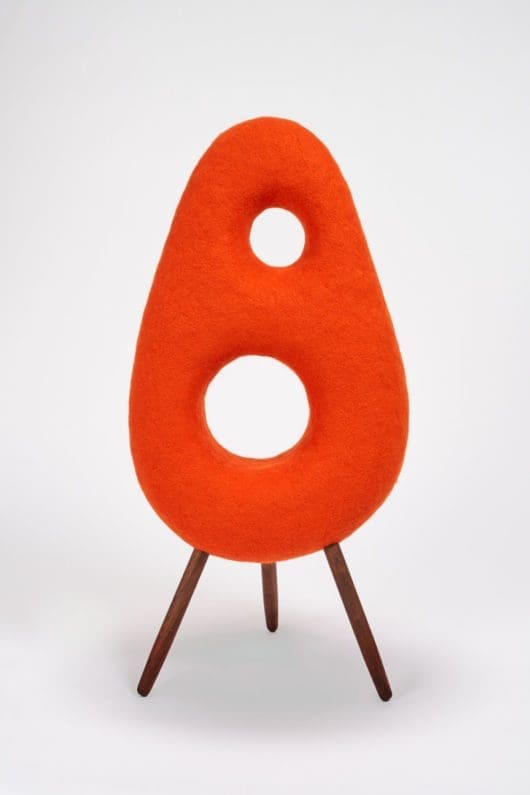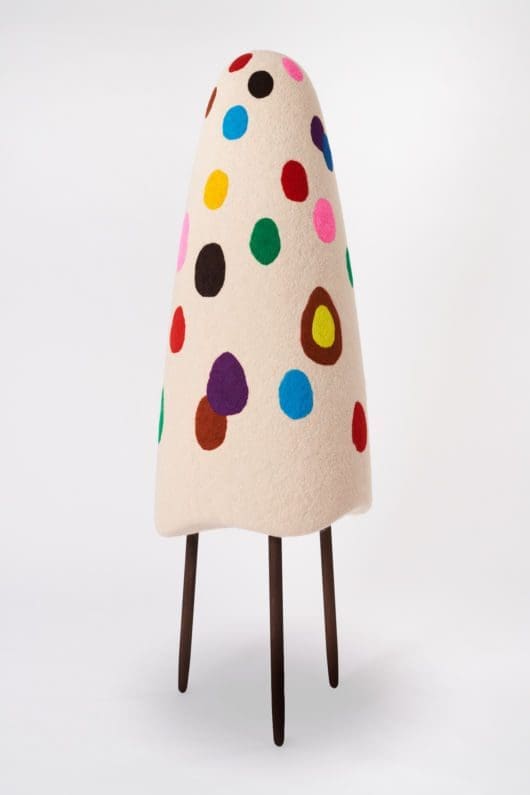RYAN LEE is pleased to present Radical Hope, an exhibition presenting six new works by multidisciplinary artist Masako Miki. Each work on view is a new addition to Miki’s ongoing Shapeshifter series, which began as an investigation of the artist’s dual Japanese and American identities. Born in Japan, Miki established herself in the United States at 18 years old, and later reconnected with animistic Shinto religious traditions to articulate her evolving cultural identities. Shapeshifters are a recurring symbol within ancestral Japanese mythologies and folklore, often manifesting and mingling the synthesis of opposing dualities. The boundless nature of Shinto shapeshifters generates new identities and intersections within the idea of selfhood as they continuously shift shapes through their existences. Miki’s current work revisits these mythologies and recontextualizes them within a contemporary society in which concepts of racial, cultural, gender, sexual and national identities have evolved and expanded.
Masako Miki: Radical Hope
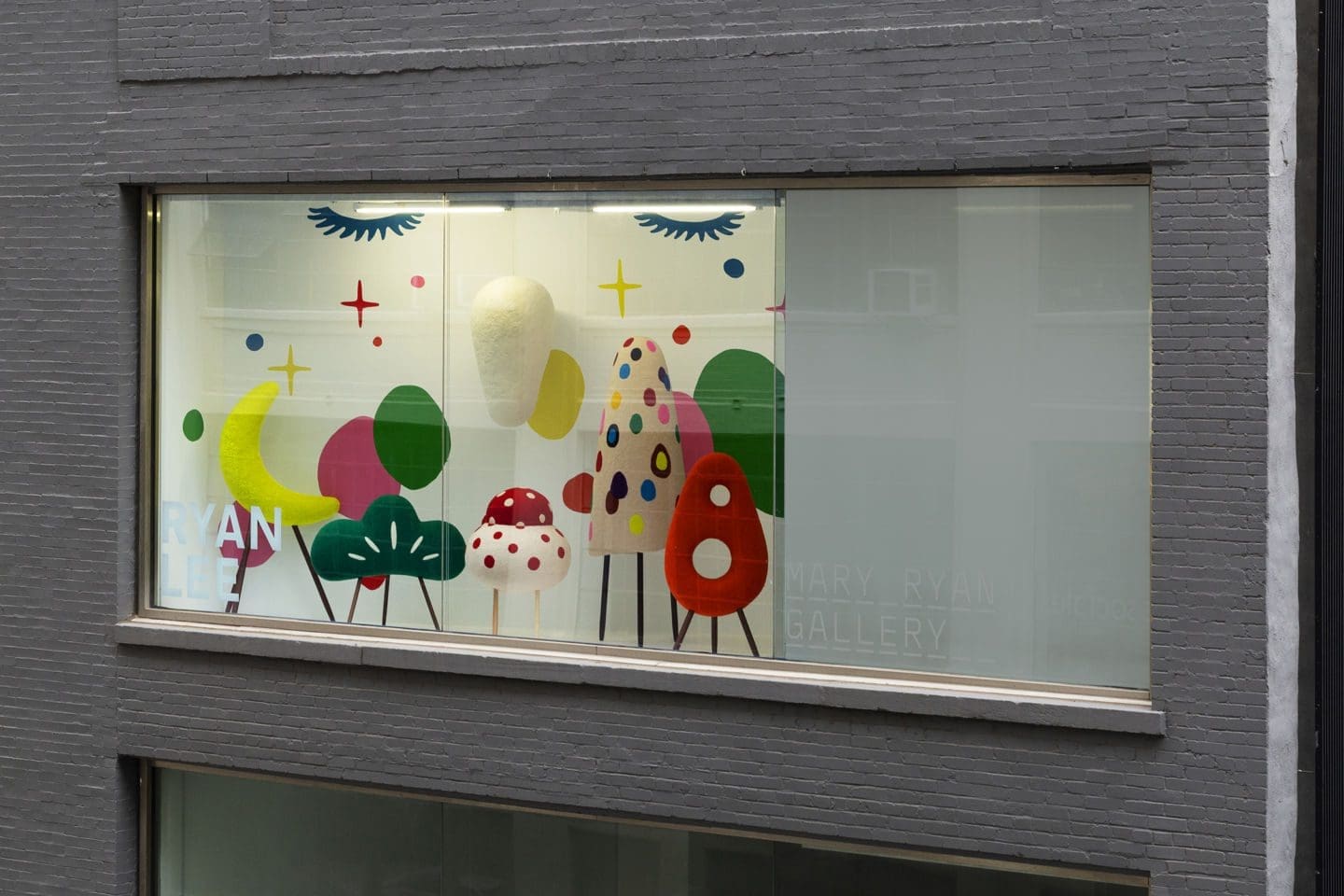
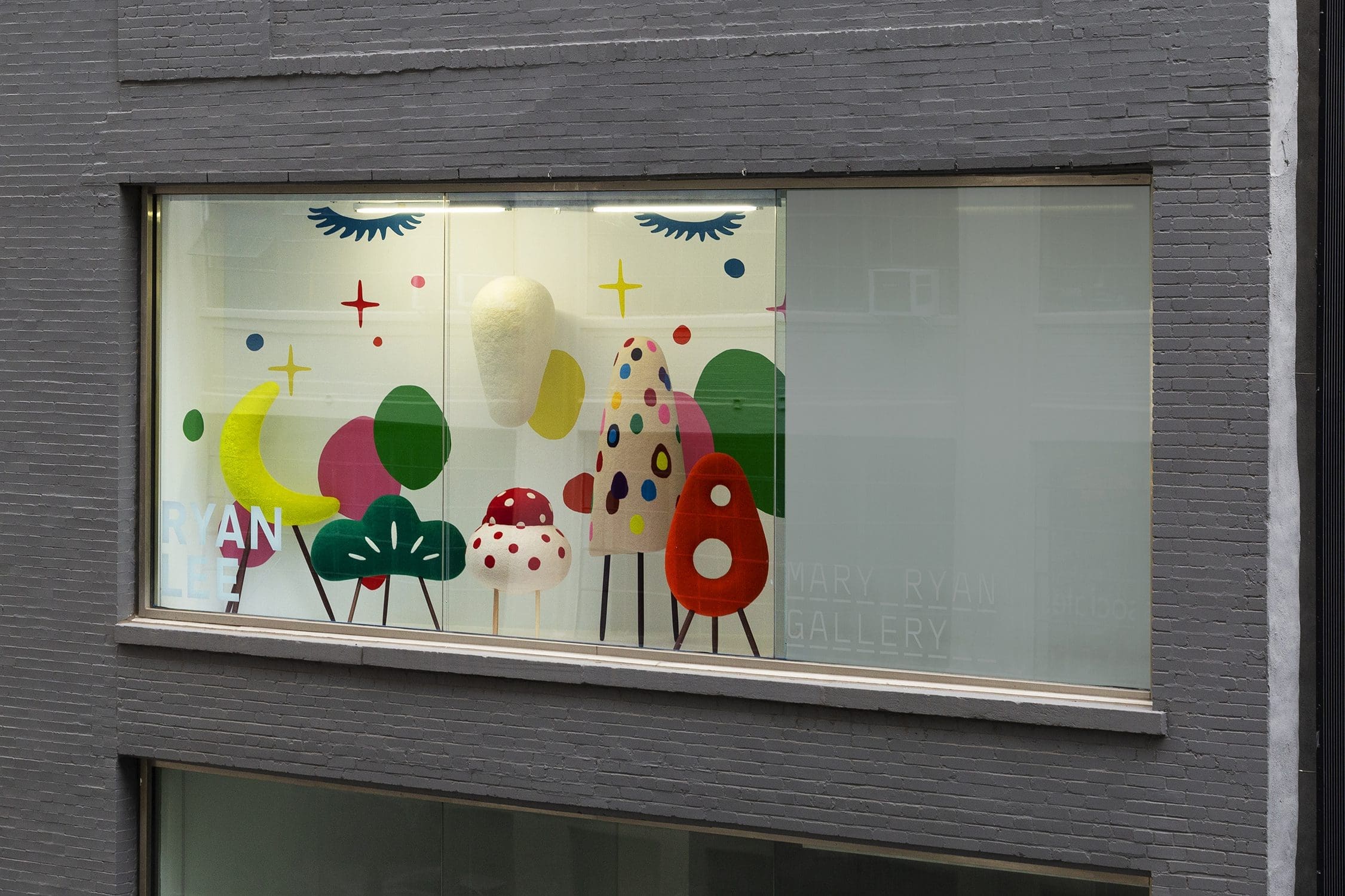
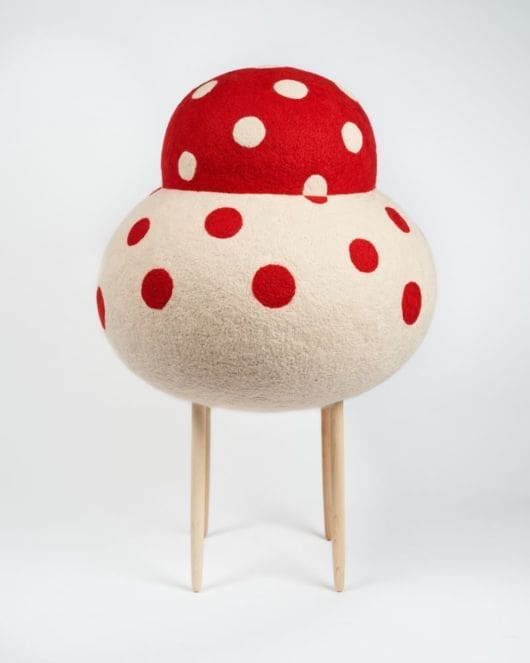
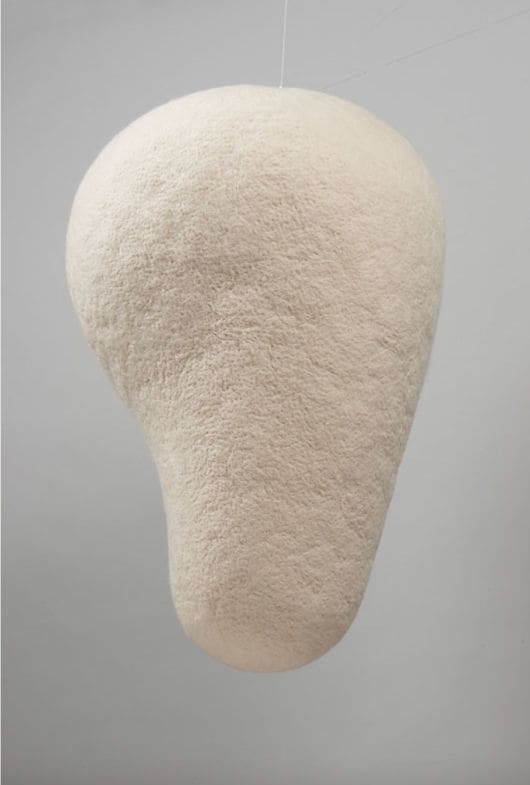
Shapeshifters are also signifiers of non-human centric perspectives of the universe. In Shinto animism, everything in the universe is sacred because spirituality exists within materiality. Nothing is considered insignificant; even a mundane object like a simple tool is imbued with spirit. The embodiment of this idea is a group of shapeshifters called Tsukumogami (shapeshifters of aged, discarded tools) which include a wide range of characters (from an animate iron pot to animated scriptures): objects that have come alive after one hundred years of existence, that exist as a collective. The group of new shapeshifters introduced at RYAN LEE are each inspired by Tsukumogami.
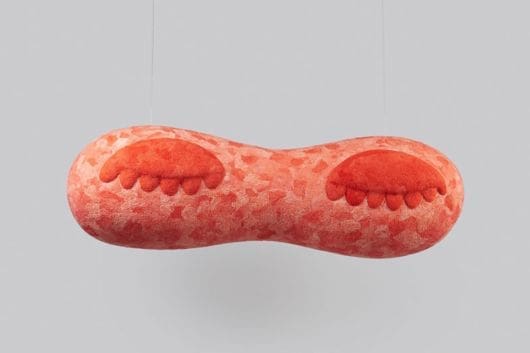
The process of making these simultaneously figurative and functional inanimate sculptures resonates with the idea of synthesis and opposing dualities—felt sculptures are hybrid products that require digital and analog approaches. Miki begins by making maquettes with clay, which then go through a digital process of 3D scanning and CNC router cutting of EPD industrial foam. The artist then needle-felts small sections of roving wool at a time by hand—a highly time-consuming and labor-intensive process.
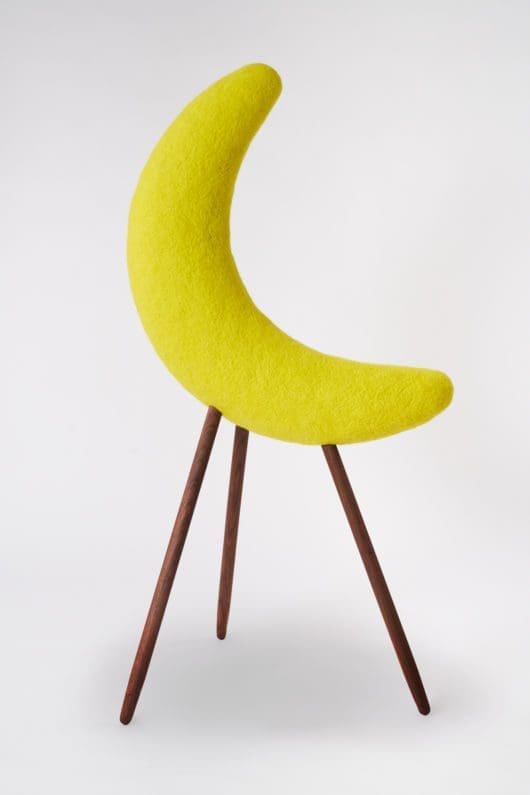
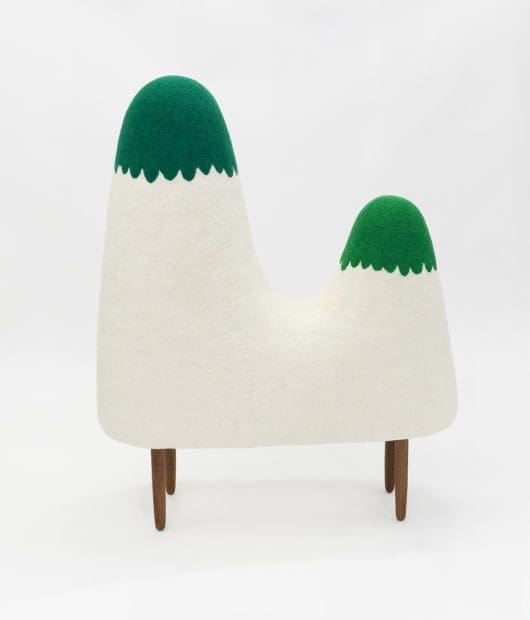
The six new works in RLWindow, viewable from the High Line, examine and question opposing, shapeshifting, idiosyncratic narratives of our time. “I think cultural material can be artwork, and cultural values are what people project on to the artwork,” Miki explains. “I want my works to be signifiers, which express particular narratives about empathy and resiliency. As our social values need to be seriously reexamined now, it is my radical hope that we ask the right questions to redefine our collective identities.”
